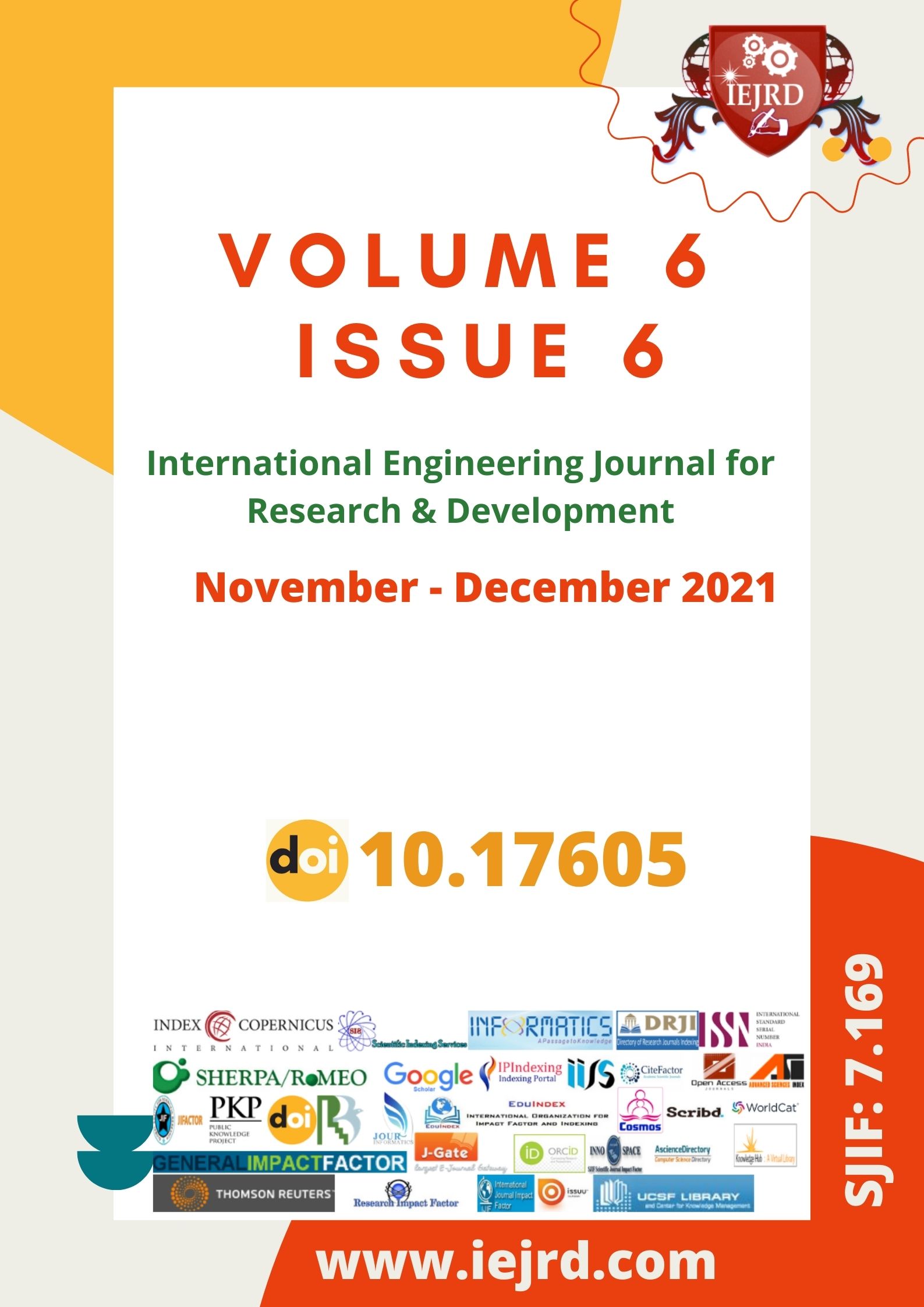NATIONAL RURAL LIVELIHOOD MISSION (NRLM) AND ITS ROLE FOR SOCIO-ECONOMIC DEVELOPMENT OF TRIBAL COMMUNITIES IN NORTH LAKHIMPUR SUB-DIVISION OF ASSAM
DOI:
https://doi.org/10.17605/OSF.IO/YAHN4Keywords:
Micro finance, NRLM, Self Help Group (SHG), Socio-economic development and Tribal CommunitiesAbstract
Microfinance to Self Help Groups (SHGs) may be considered as a vital option for meeting financial needs of the poor. The present research paper is an attempt to study the role of Micro-Finance under NRLM for the socio-economic development of the tribal community in the Lakhimpur sub-division of Assam. A survey on the social and economic impact of SHGs of the selected respondents was conducted at all the four development blocks of Lakhimpur sub-division. Primary and secondary data have been considered for the present study. For collecting primary data 10 numbers of Tribal member SHGs from sample development blocks have been selected by using stratified random sampling method. Again from each SHGs 5 tribal members have been randomly selected to make the total respondents as 200 (4X10x5=200 respondents). From the study it has been found that after joining the SHGs the poor tribal people have improved their living standard by performing various economic activities independently. The result of the data analysis revealed that the SHGs have been playing an important role in social-economic development at the study area.
Downloads
References
Arora R.C. (1990), “Integrated Rural Development”, S Chand and Company, New Delhi.
Awais Mohammad, Alam Tosib & Asif Mohd. (2009), “Socio-economic empowerment of tribal women:an Indian perspective”, International Journal of Rural Studies (IJRS),vol. 16 no. 1 October, pp. Article 5 Page 2 of 11
Awais Mohammad & Singh Ramesh (2007), “ Socio-economic Status of Tribal Farmers A case study of the Bhaxa tribe in Bijnor District, U.P”, International Journal of Rural Studies (IJRS) vol. 14 no. 1 April, Article 8 Page 1 of 4
Bera S.K. (2011), “A study of SHG-Microfinance Initiative in Purbo Midnapore District of West Bengal”, Economic Affairs, Vol. 56, No. 2, June, pp. 107-116.
Bhai L.T, Karuppiah C and Geetha B (2004), “Micro credit and social capitalism in rural Tamil Nadu”, Social Welfare, Vol. 50, no. 10, pp.30-35.
Census Report 2001, Government of India.
Census data 2011 of Lakhimpur District, Country Focus: India: Assam: Lakhimpur District: District Profile, http://lakhimpur.nic.in/profile.htm , on 20th August 2011.
Hazra Anupam(2010),, “Status of tribals in India- an analysis”, Kurukshetra, Journal of Rural development, vol. 59, no. 1, November, pp. 12-14.
Joseph E. Imhanlahimi, (2010), “Poverty Alleviation through Micro financing in Nigeria- Prospects and challenges”, Journal of Financial Management and Analysis, No. 23(1), January, pp. 66-82.
K. Sivachithappa, (2008), “Success story of Poverty Alliviation Through Self-Help Groups”, Kurukshetra, Journal on Rural Development, Ministry of Rural Development, New Delhi, vol. 57 No. 2, December, pp.35-38.
Kannan K. P. and Pillai N. Vijayamohanan, (2009), “Basic Socio-economic security in rural India and China-a comparative study of selected villages”, Indian Journal of Human Development, vol. 3, no. 2, July, pp.239-263.
Khan Ashfaq (2008), “Tackling the Failure of Microfinance Efforts through Amalgamating Microfinance with Charity: Two Viable Alternatives in the Context of Pakistan”, The Australasian Accounting Business & Finance Journal, Vol. 2, No.2, June, pp. 19-33.
Ledgerwood, J (1999), Microfinance Handbook: An Institutional and Financial Perspective, The World Bank, Washington, D.C.
Mansuri B.B. (2010), “Microfinancing through Self-Help-Groups- a case study of Bank Linkage Programme of NABARD”, APJRBM, Sri Krishna International Research & Educational Consortium, Vol. 1, issue. 3, December, pp. 141-150.
Mohd. Najmul Islam,(2012), “The microfinance guarantee for financial inclusion: Evidence to support in India”, Indian Journal of Commerce & Management Studies,Volume III Issue 1, Jan., pp. 130-134.
NRLM website, retrieved from
https://nrlm.gov.in/shgOuterReports.do?methodName=showShgreport access on December 5, 2019.
Planning Commission’s BPL families estimation, http://indiagovernance.gov.in, on 21st Sept’11.
Sukai, Tarun Bikash,(2010), “Tribal development in India- an overview”, Kurukshetra, Journal of Rural Development, Delhi, vol. 59, no. 1, November, pp.3-9.
Downloads
Published
How to Cite
Issue
Section
License

This work is licensed under a Creative Commons Attribution-NonCommercial-NoDerivatives 4.0 International License.






















